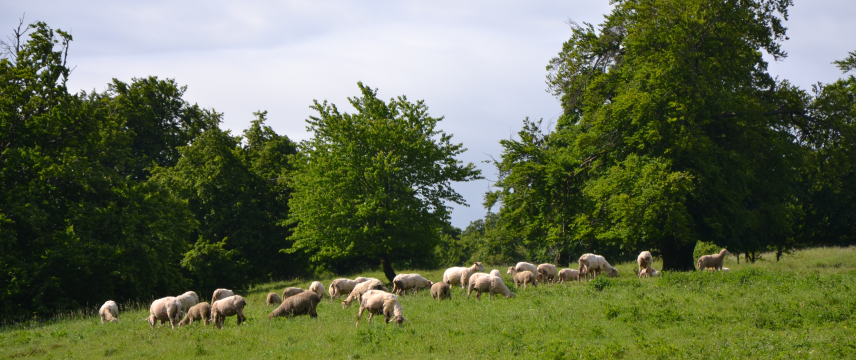Wood pastures in Hungary

The Hungarian traditional wood pastures
Edible wild fruits used to provide a basic income from wood pastures, where they were not only used as forage, but in gastronomy too. With the restoration of woody meadows, more and more farmers are returning to traditional methods such as agroforestry. For wooded pastures, varied land use is contingent on a wide variety of trees.
Besides growing and processing wild fruits, the farmer can make a further profit by processing the high-quality wool of their grazing sheep livestock. Products can be sold on the local market or by direct ordering.
Challenges for this land type
Today, this type of woodland poses numerous challenges such as:
- A decreasing number of grazing livestock
- The concurrence of industrial meat production
- Afforestation of the former grassy areas
- Lost knowledge of livestock keeping and traditional production of goods
- Overgrazing of the meadows
- Appearance of invasive species not favourable for grazing and therefore able to spread more vigorously in the semi-natural environment.
Other hazards
Other challenges are marked by difficulties hampering the marketing of handmade goods and a general lack of expert human resources.
This affects semi-natural grassy-woody habitats and the inhabitants of the agroforestry landscape.